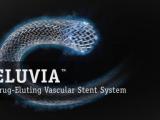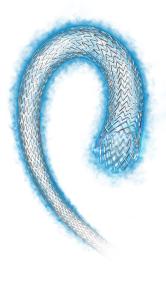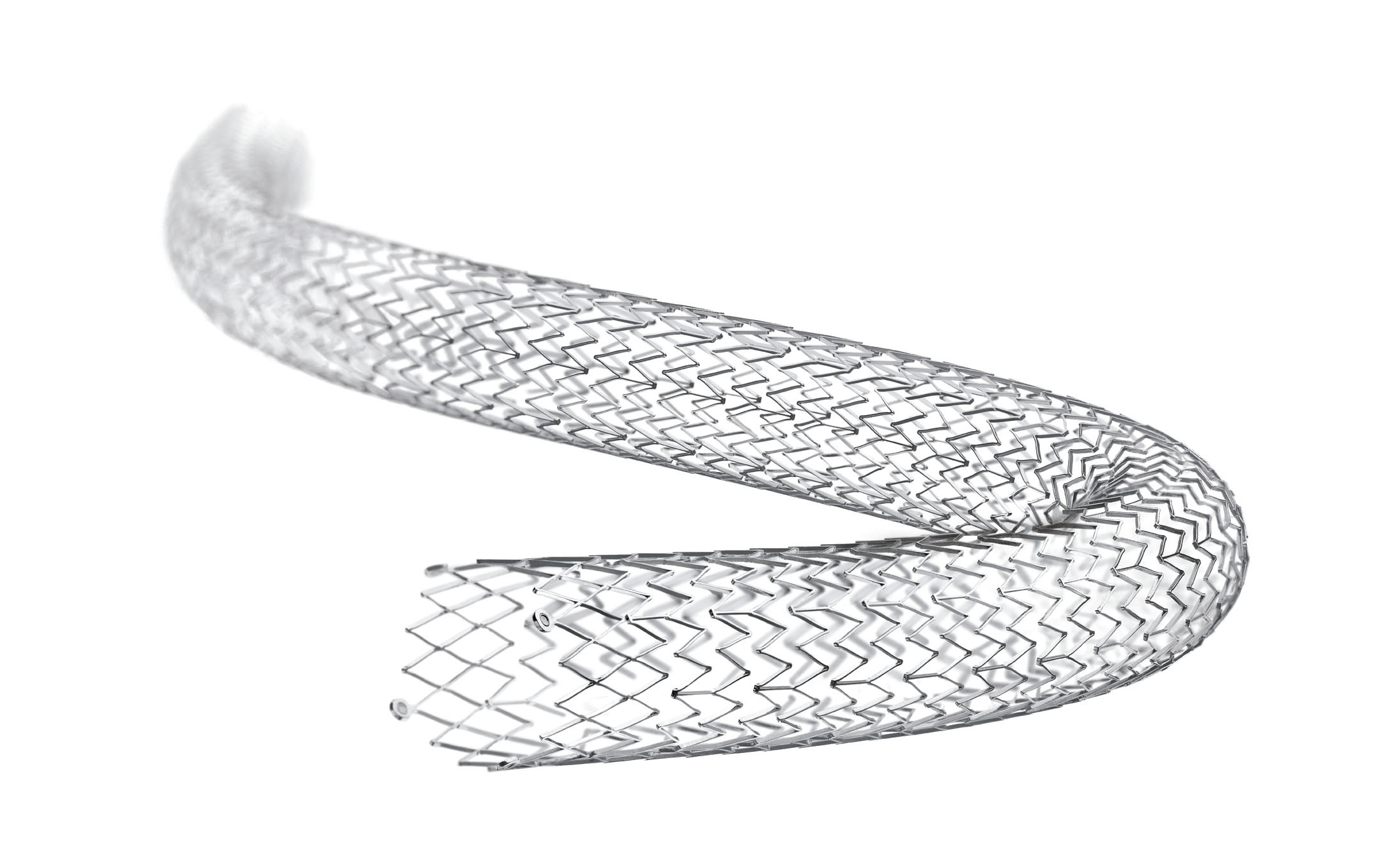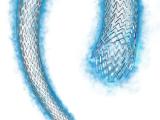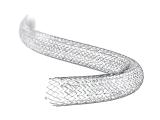CONTACTS
Media: Ryan Davenport
Global Media Relations
Boston Scientific Corporation
763-494-2664 (office)
[email protected]
Investors: Susie Lisa, CFA
Investor Relations
Boston Scientific Corporation
(508) 683-5565 (office)
[email protected]
NEW DATA EVALUATING THE BOSTON SCIENTIFIC ELUVIA™ DRUG-ELUTING VASCULAR STENT SYSTEM DEMONSTRATE 94.4 PERCENT PRIMARY PATENCY RATE AT NINE MONTHS
MAJESTIC Trial Meets Performance Endpoint With Compelling Results
Results from the MAJESTIC trial were presented today at the 37th Charing Cross International Symposium in London. The trial enrolled 57 patients across Europe, Australia and New Zealand with an average lesion length of 70.8 mm.
“I have not seen clinical data this impressive for a vascular stent that has to perform in an environment as challenging as the superficial femoral artery,” said Professor Stefan Müller-Hülsbeck, M.D., PhD, principal investigator and chairman, Vascular Center Diako Flensburg and Head of the Department of Diagnostic and Interventional Radiology / Neuroradiology, Academic Hospitals Flensburg, Germany. “Because of forces created by knee flexion, there is an increased risk of restenosis, but we are seeing little evidence of this in the MAJESTIC trial.”
Nine-month data from the MAJESTIC trial demonstrated the following:
- a primary patency rate1 of 94.4 percent;
- a target lesion revascularization (TLR) rate of 3.6 percent; and
- no deaths or amputations.
The Eluvia Stent System is the first stent purpose-built for the superficial femoral artery (SFA) that utilizes a polymer and paclitaxel combination designed to facilitate a sustained drug release to reduce restenosis. The Eluvia Stent System is built on the Innova™ Stent System platform consisting of a self-expanding nitinol stent with a paclitaxel-eluting biostable polymer matrix loaded on an advanced, low-profile delivery system. The innovative stent architecture, designed specifically for the SFA, features a closed-cell design at each end of the stent for more predictable deployment, and an open-cell design along the stent body for improved flexibility, strength and fracture resistance. A triaxial delivery system is designed for added support and placement accuracy.
“The Eluvia Stent System strengthens our leadership in peripheral technologies and further demonstrates our commitment to developing innovative and effective therapies for the treatment of peripheral artery disease,” said Jeff Mirviss, president, Peripheral Interventions, Boston Scientific. “Together with our Ranger™ drug-coated balloon, we are providing important new tools for physicians to address a serious condition and make a meaningful difference in the lives of their patients.”
The Eluvia Stent System is pending CE Mark and is not available for use or sale in the U.S. The Ranger™ Paclitaxel-Coated PTA Balloon Catheter has CE Mark approval and is not available for use or sale in the U.S.
About Peripheral Artery Disease
Peripheral artery disease is a circulatory disorder that results from a build-up of plaque in one or more of the arteries, most often in the legs. As the disease progresses, plaque accumulation may significantly reduce blood flow through the arteries, resulting in pain and increasing disability, with severe cases often leading to amputation of the affected limb. It is estimated that 12-14 percent of the general population is affected by PAD2.
About Boston Scientific
Boston Scientific transforms lives through innovative medical solutions that improve the health of patients around the world. As a global medical technology leader for more than 35 years, we advance science for life by providing a broad range of high performance solutions that address unmet patient needs and reduce the cost of healthcare. For more information, visit www.bostonscientific.com and connect on Twitter and Facebook.
- Primary patency defined as duplex ultrasound peak systolic velocity ratio ≤2.5 and absence of TLR or bypass; Data reflect actual values (not Kaplan Meier estimates)
- Shammas NW (2007). “Epidemiology, classification, and modifiable risk factors of peripheral arterial disease”. Vasc Health Risk Manag 3 (2): 229–34. doi:10.2147/vhrm.2007.3.2.229. PMC 1994028. PMID 17580733
Cautionary Statement Regarding Forward-Looking Statements
This press release contains forward-looking statements within the meaning of Section 27A of the Securities Act of 1933 and Section 21E of the Securities Exchange Act of 1934. Forward-looking statements may be identified by words like “anticipate,” “expect,” “project,” “believe,” “plan,” “estimate,” “intend” and similar words. These forward-looking statements are based on our beliefs, assumptions and estimates using information available to us at the time and are not intended to be guarantees of future events or performance. These forward-looking statements include, among other things, statements regarding clinical trials and impact of data, product performance and impact, markets for our products, and competitive offerings. If our underlying assumptions turn out to be incorrect, or if certain risks or uncertainties materialize, actual results could vary materially from the expectations and projections expressed or implied by our forward-looking statements. These factors, in some cases, have affected and in the future (together with other factors) could affect our ability to implement our business strategy and may cause actual results to differ materially from those contemplated by the statements expressed in this press release. As a result, readers are cautioned not to place undue reliance on any of our forward-looking statements.
Factors that may cause such differences include, among other things: future economic, competitive, reimbursement and regulatory conditions; new product introductions; demographic trends; intellectual property; litigation; financial market conditions; and future business decisions made by us and our competitors. All of these factors are difficult or impossible to predict accurately and many of them are beyond our control. For a further list and description of these and other important risks and uncertainties that may affect our future operations, see Part I, Item 1A – Risk Factors in our most recent Annual Report on Form 10-K filed with the Securities and Exchange Commission, which we may update in Part II, Item 1A – Risk Factors in Quarterly Reports on Form 10-Q we have filed or will file hereafter. We disclaim any intention or obligation to publicly update or revise any forward-looking statements to reflect any change in our expectations or in events, conditions or circumstances on which those expectations may be based, or that may affect the likelihood that actual results will differ from those contained in the forward-looking statements. This cautionary statement is applicable to all forward-looking statements contained in this document.


